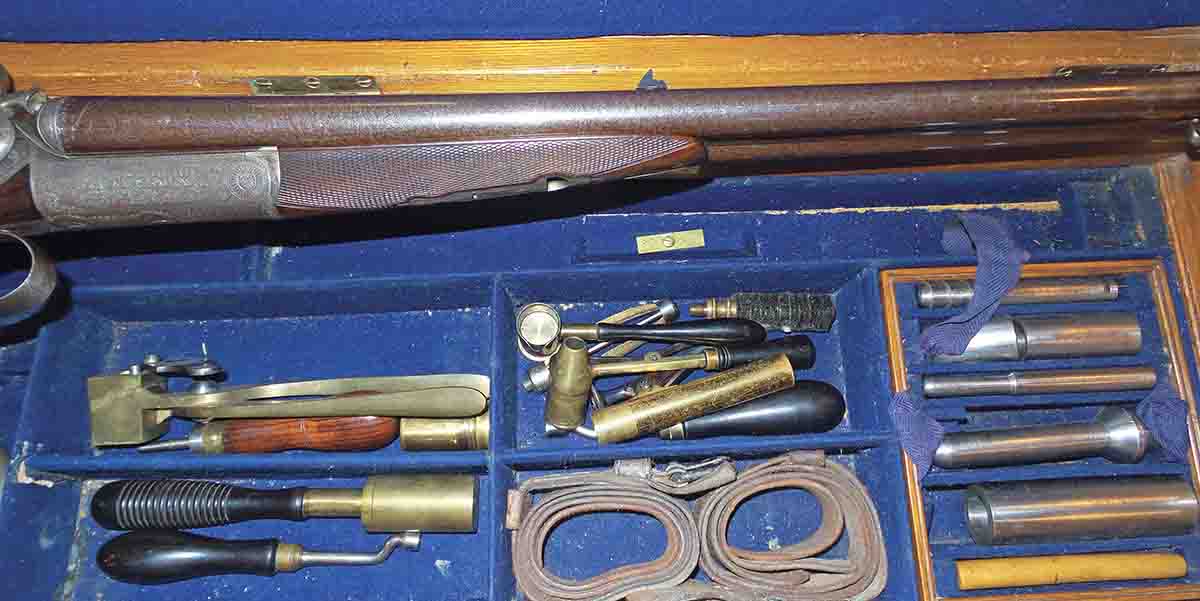
Like I said, there are many exceptions to the rule, but for the most part there was some thread of consistency throughout cartridge nomenclature. Magnum was introduced in 1958, the Swift pushed the same weight bullets about 500 fps faster, yet it was … well, just a Swift, not a magnum.

25-06, it too never received the magnum imprimatur. When it was introduced in 1932, it absolutely blew the doors off any other. Magnum was the cartridge with which I started my handloading career.Īnyway, another and even better example of confusing nomenclature is the. 256! Incidentally, I actually owned one of those Marlin Levermatics, and the. 257 Roberts as representing the performance standard for the caliber, it would have qualified as a super magnum compared to the. 25 caliber, as a rifle cartridge it was pitiful, sending a 60-grain bullet of low sectional density and ballistic coefficient at 2,760 fps. Originally designed as a pistol cartridge, what limited popularity it achieved it was in the Marlin Model 62 Levermatic rifle. 256 Winchester Magnum, a bastard of a cartridge if even there was one. Yet it was never called the “.25-06 Magnum.”Īt the other end of the. 25-06 certainly provided magnum performance if the “standard” for the caliber was the. Back in its early days as a wildcat, for example, the.

As always, though, there were many exceptions to the rule. In fact, in the eyes of many, if it didn’t have a belt, it couldn’t be a magnum - that’s how synonymous the two words became. I’m talking back in the ‘60s and ‘70s, when the word pretty much meant a cartridge more powerful than “normal” and was usually based on the belted Holland & Holland case. There was a time when the term “magnum” was fairly well defined.




 0 kommentar(er)
0 kommentar(er)
